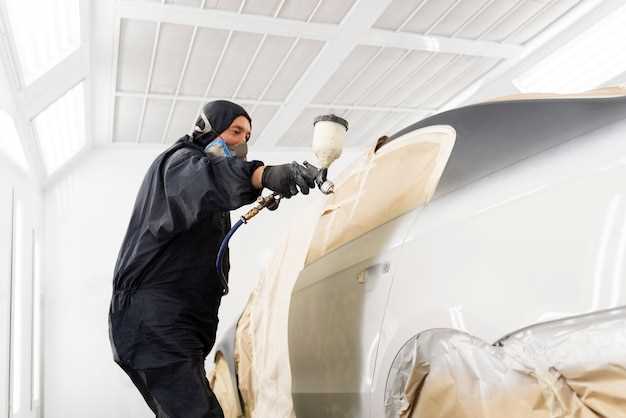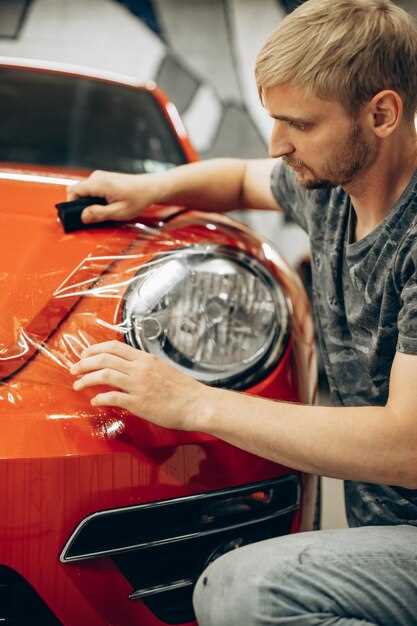
The world of classic cars, particularly classic Porsches, is characterized by a unique blend of passion and investment. Among the many factors influencing the value of these iconic vehicles, originality stands out as a fundamental principle. One of the most critical aspects of maintaining a vehicle’s originality is its paint. Original paint not only signifies a car’s pristine condition but also serves as an essential code that helps enthusiasts and collectors assess its authenticity and market value.
When purchasing a classic Porsche, potential buyers must consider that original paint is a testament to the vehicle’s history and preservation. The paint color, texture, and application are all indicators of the car’s journey through time, revealing whether it has undergone modifications or restorations that could compromise its originality. A vehicle with its factory paint intact carries a certain prestige, making it more desirable among collectors who appreciate the vehicle’s unaltered nature.
In this article, we will delve into the significance of original paint in the realm of classic Porsche purchases. Understanding this element can greatly influence purchasing decisions, as it reflects not only the car’s heritage but also its potential for future appreciation. By recognizing the importance of paint as a vital code of authenticity, buyers can make more informed choices, ensuring their investment stands the test of time.
Assessing Value: How Original Paint Affects Resale Price

The resale price of classic Porsches is significantly influenced by the condition and authenticity of the paint. Original paint not only reflects the car’s history but also serves as a crucial indicator of its authenticity. Buyers are generally more inclined to pay a premium for vehicles that retain their factory paint, as this signifies that the car has not undergone extensive repairs or modifications.
When assessing value, potential buyers often inspect the paintwork closely. Any sign of respraying can lead to skepticism regarding the vehicle’s condition and maintenance history. Original paint is viewed as a protective code against potential issues hidden beneath the surface, such as rust or body damage, which could devalue the car in the long run.
Furthermore, classic Porsches with original paint often achieve higher auction prices. Collectors appreciate the car’s fidelity to its original specs, and this can create a strong demand. Conversely, modified or repainted cars generally struggle to reach the same price points, as they may lack the same level of desirability among purists. Original paint thus acts as an essential component of a car’s provenance, deeply impacting its resale value.
In summary, the importance of original paint in classic Porsche purchases cannot be overstated. It is not just a matter of aesthetics; it affects a vehicle’s worth and the overall perception of its quality in the collectors’ market. Ensuring the integrity of the original paint can be a decisive factor for both current owners and future sellers, making it a vital consideration in any classic car investment.
Identifying Authenticity: Decoding Porsche Paint Codes
When purchasing a classic Porsche, understanding the authenticity of its paint is crucial. Each Porsche model comes with specific paint codes that identify the original color used during production. These codes help buyers determine if the vehicle has retained its factory finish or has undergone repainting, which can significantly affect value.
Porsche paint codes typically consist of a four-digit number, which can be found on the vehicle’s maintenance manual, service book, or on a sticker located in the front trunk area or door jamb. This code represents the exterior color specified at the factory and serves as a key reference for enthusiasts and collectors alike.
Researching the code is essential for authenticating the vehicle’s paint. Numerous online resources and Porsche clubs provide databases of paint codes, detailing the corresponding colors and historical significance. If a vehicle’s paint code does not match its documented history, this discrepancy might suggest repaints or modifications that could detract from its value.
Understanding the color options also provides insight into the vehicle’s place within Porsche’s production history. Some colors were offered only in limited years or specific models, making them more desirable to collectors. Consequently, a Porsche with its original paint matching the factory specifications is often seen as a more authentic and valuable investment.
In summary, decoding Porsche paint codes is vital for discerning the authenticity of classic models. By ensuring the paint remains true to the original specifications, buyers can protect their investments and appreciate the vehicle’s history.
Restoration Decisions: When to Maintain Original Paint vs. Repainting

When it comes to classic Porsche purchases, the discussion surrounding originality often includes the state of the paint. Many enthusiasts grapple with the decision of whether to maintain the original paint or opt for a repaint. This decision is crucial, as it can significantly impact the car’s value and integrity.
Maintaining the original paint is often seen as a way to preserve the vehicle’s history. Original paint can provide insight into the car’s past and showcases the craftsmanship of the era. Factors such as the car’s code–the factory paint code–play a critical role in this decision. An original color that matches the factory specification can enhance the authenticity and overall appeal of the vehicle in the eyes of collectors.
However, opting to repaint may be justified in certain circumstances. If the original paint is severely damaged, oxidized, or contains rust, a quality repaint can restore the car’s aesthetic appeal while still adhering to the factory specifications. In such cases, using the correct code for the repaint ensures that the classic look is maintained, which could help in retaining some level of originality.
Ultimately, the decision lies in a balance between preservation and practicality. While preserving original paint is ideal, the condition of the vehicle and personal goals for the restoration should drive the final choice. Enthusiasts must evaluate the pros and cons of each option, considering how each choice aligns with their vision for the classic Porsche they cherish.
 Skip to content
Skip to content




